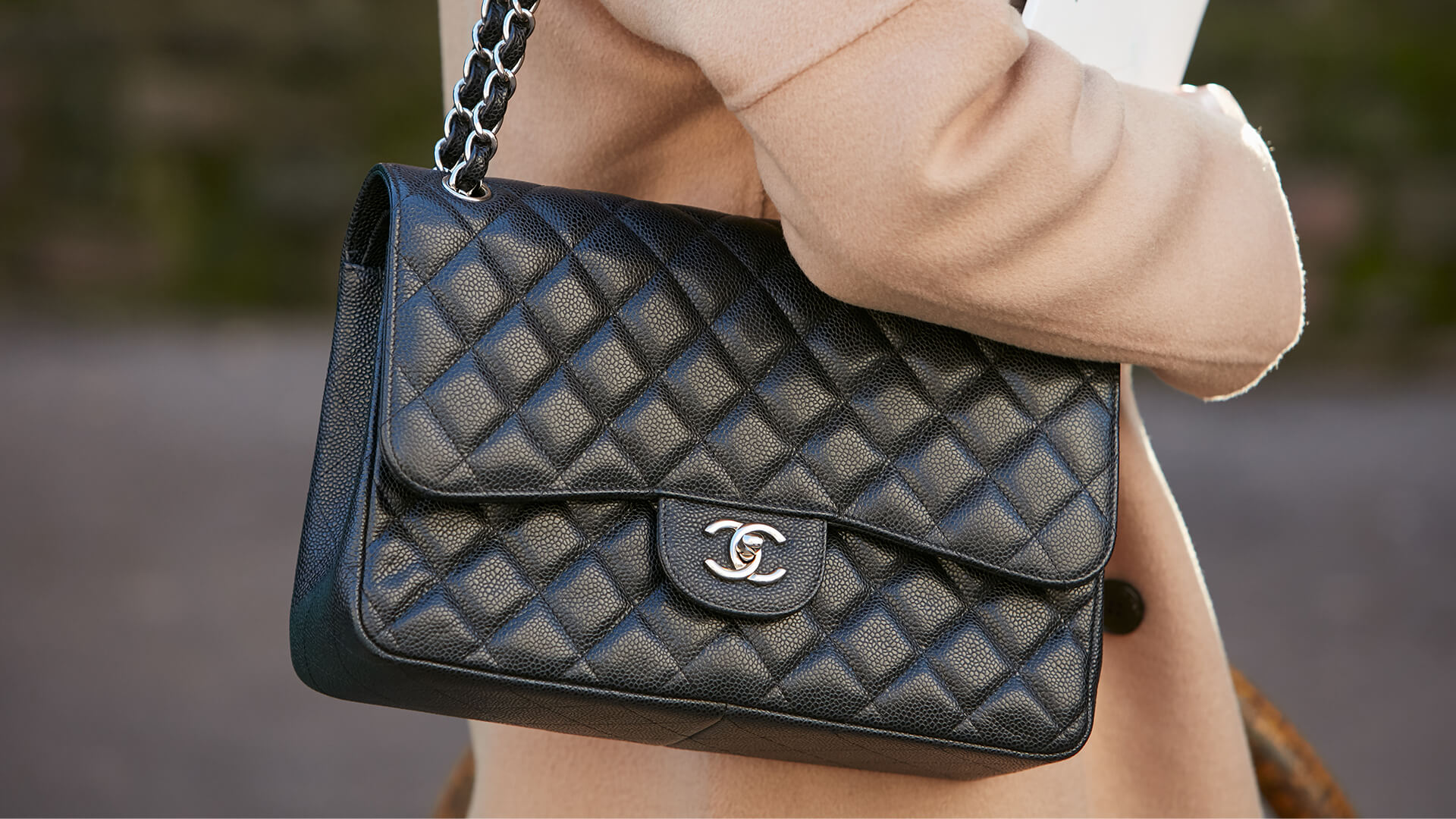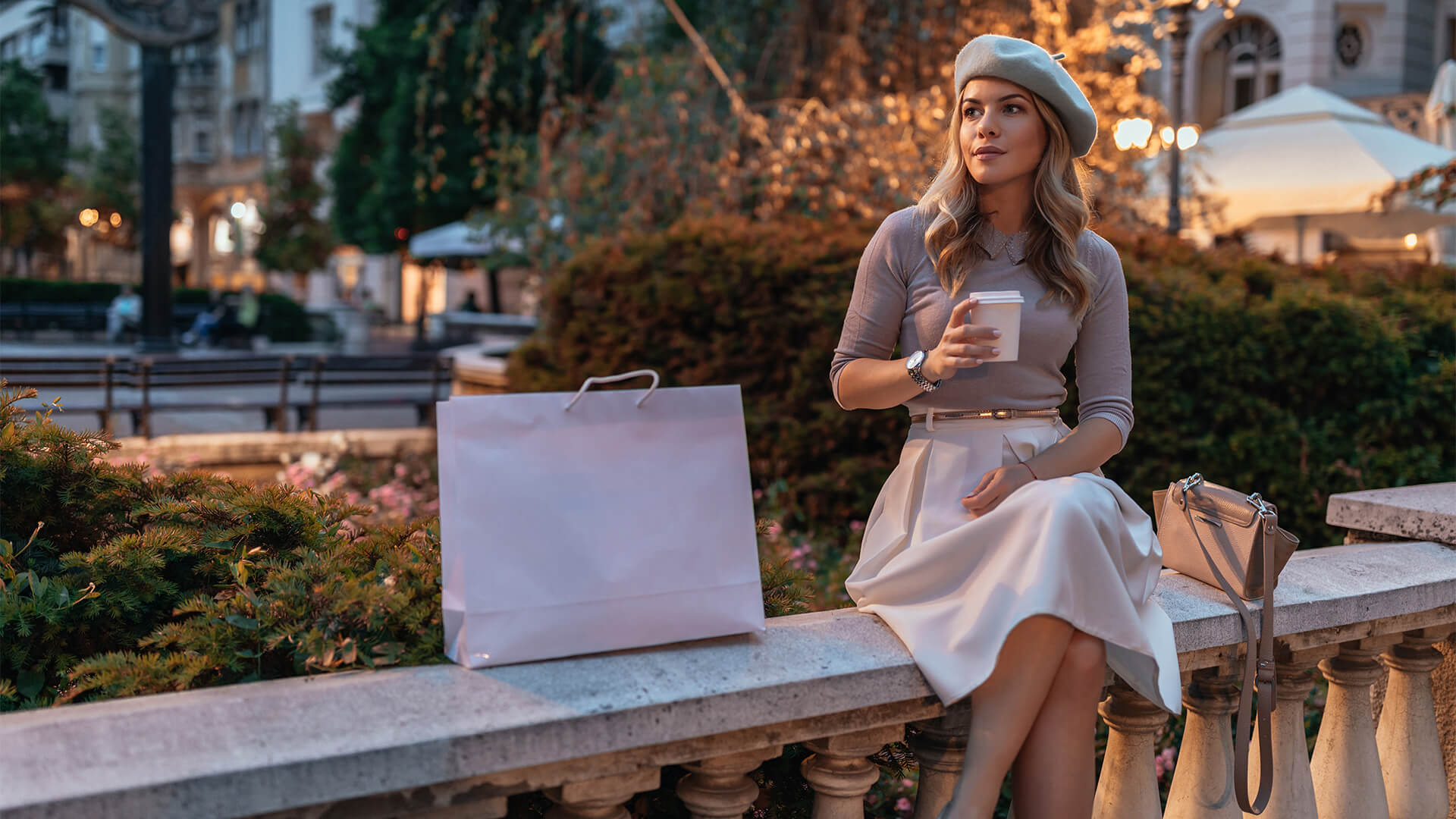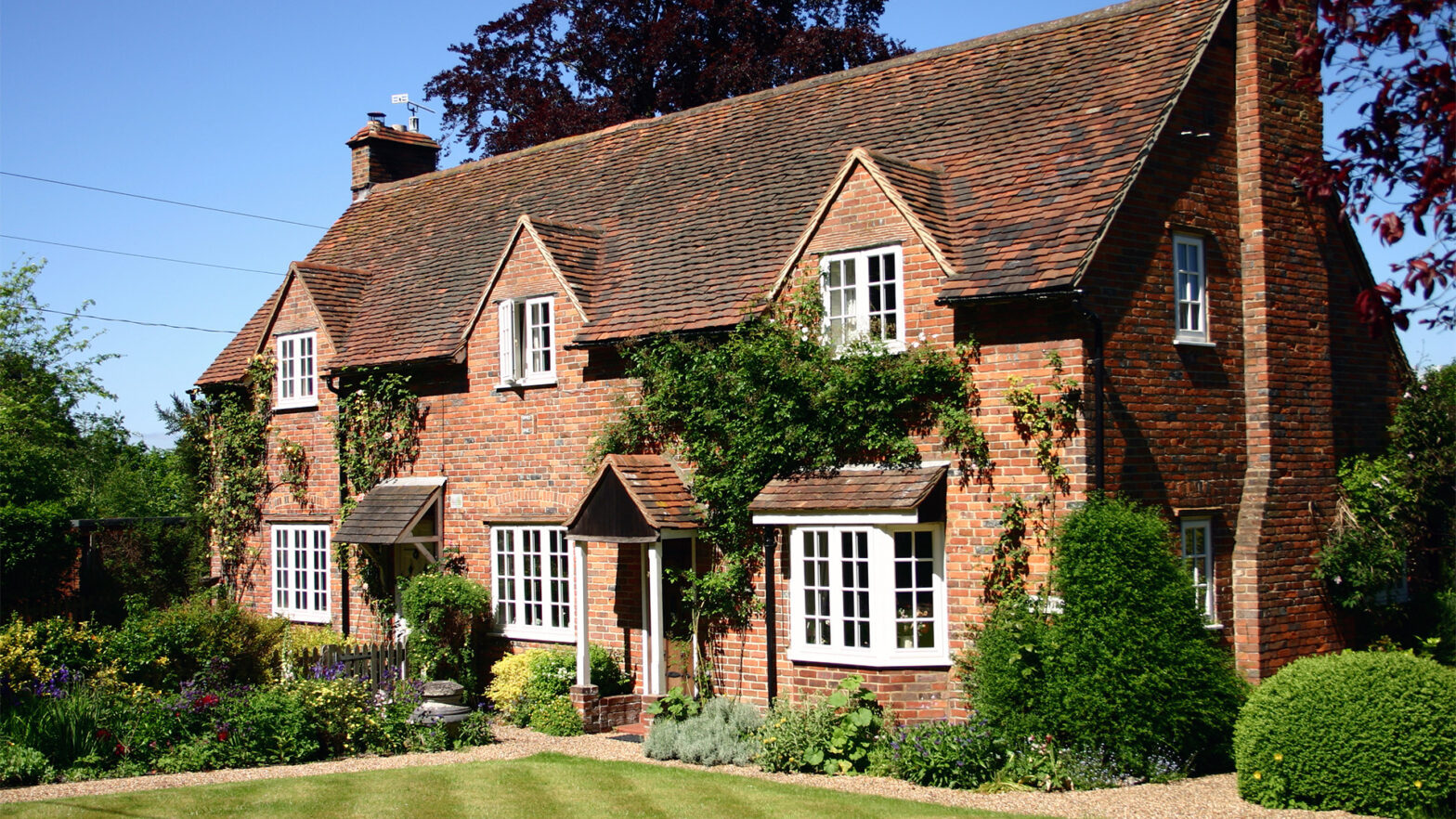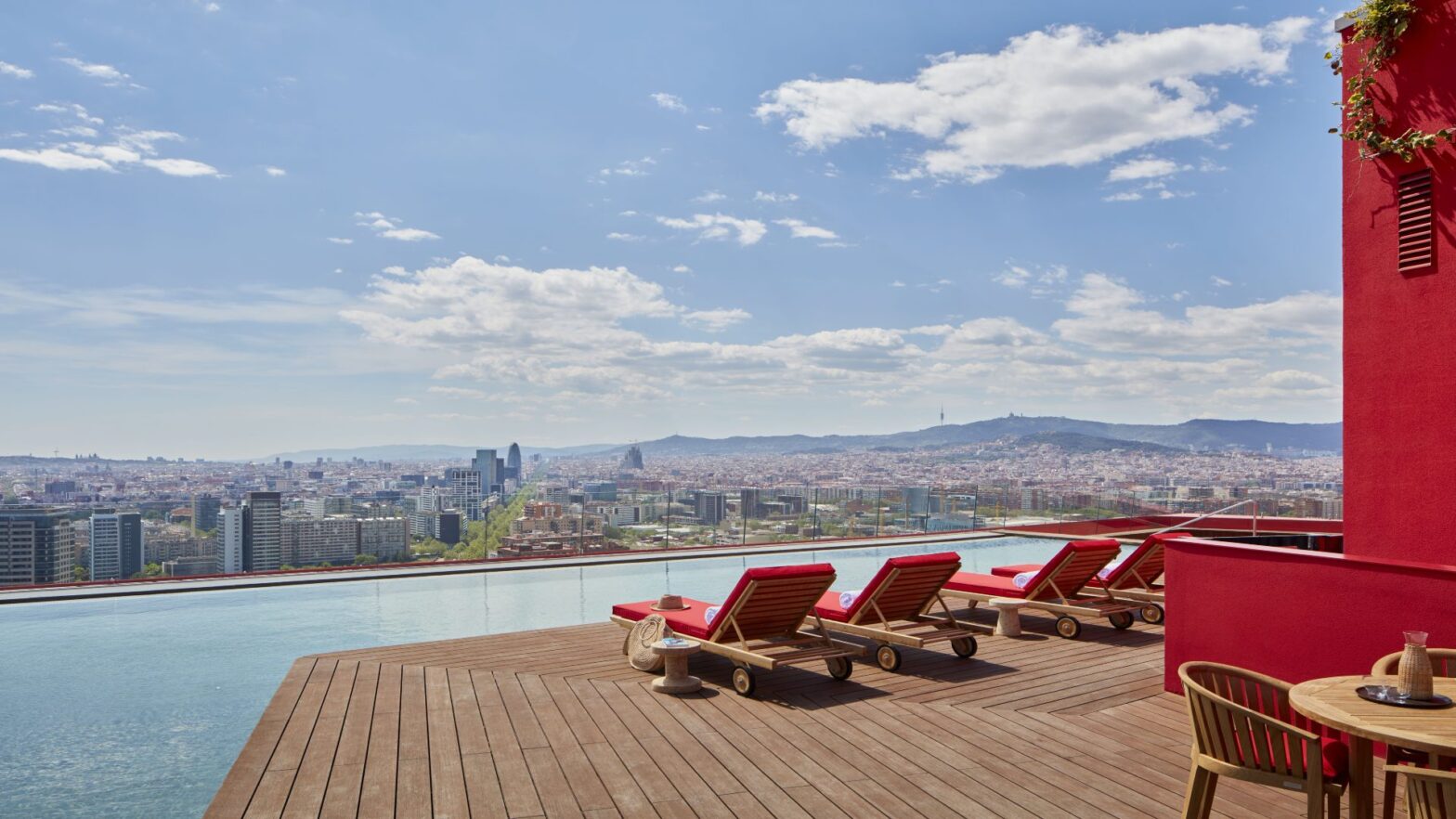
France has been instrumental in the fashion industry for hundreds of years. The country led the charge in the 17th century, experimenting with ground-breaking techniques. Now, it’s home to one of the four fashion capitals of the world. The French style has continued to accept the challenges of consumer demand and social alterations, so as to maintain its position in the sector’s upper echelons. So, let’s delve into the current scene and look at a number of must-try fashions.
Tradition Meets Innovation
Over the years, France has brought us an array of world-renowned designers. From Christian Dior to Coco Chanel and Hubert de Givenchy, few countries have a comparable legacy. The work of these well-respected designers continues to dominate the sector, as evident from Dior’s role in the Paris Haute Couture week in January 2021. In the brand’s Spring-Summer collection, Maria Grazia Chiuri opts to explore the symbolism of tarot cards, resulting in some enchanting designs. With a nod to her native Italy’s aristocratic flair, the collection brings to life a set of 15th-century Visconti-Sforza cards.
However, French design is forward-looking, too. Many of the most-wanted fashion brands of 2021 originate from the country. Marine Serre, who won the LVMH Prize for Young Fashion Designers in 2017, uses her originality to bring to life a collection of recognisable pieces. Not only does she pride herself on using eco-friendly materials, but she also utilises crescent moon shapes to complete her Arabic-Western collision collections. Ami Alexandre Mattiussi is another up-and-coming name in the country’s fashion industry. Unlike others, the winner of the 2013 Anden prize for Emerging French Designers focuses on laid-back apparel, such as cable-knit sweaters and drawstring trousers.
An Influential Fashion Hub for the Ages
In the early 20th century, French designers sought to break boundaries to put the country on the map. Fascinatingly, it was Paul Poiret in the early-1900s who drastically altered the outlook of global trends. After the corset’s 19th-century rise to prominence, the Paris-born designer rejected the garment in 1906. Instead, he opted to pursue freedom of movement. This laid the foundations for France’s fashion industry and the creation of its unique apparel history.
Following Poiret’s brave decision, Chanel decided to experiment with similar free-flowing designs in the 1920s. However, during the post-war era, fitted styles came back into fashion, with Dior designing a range of waist-hugging garments. During the mid-1900s, Yves Saint Laurent was the instigator behind ready-to-wear clothing. Distinguishing itself from Haute Couture allowed the concept’s popularity to spread further, and it remains central to modern-day trends. Ultimately, it was these pre and post-war periods that elevated France’s global status – in many ways, they laid the foundations for further success in the 1960s.

Luxury Fashion with a 20th-Century Core
There can be no doubt that the country’s style has evolved significantly since its 17th-century experimentation, and its rise to prominence during the 1900s. Now, as evident from Chiuri’s, Mattiussi’s, and Serre’s work, French fashion houses and designers are continuing to embrace a mixture of the loose and tight-fitted pieces that Chanel, Dior, and Poiret pioneered.




















